Nepal earthquake a year later: The disaster in numbers
The violence of the 7.8-magnitude earthquake left countless towns and villages across central Nepal in a shambles. Almost one year later, a shambles they remain.
April 21, 2016 13:00 IST 1 / 9
1 / 9A year after a deadly earthquake flattened cities and villages in Nepal, rebuilding efforts must be speeded up to lift millions of survivors out of misery, aid groups said on Wednesday.The earthquake that struck on April 25, 2015 killed some 9,000 people and injured more than 22,000 others, according to the United Nations and government figures.
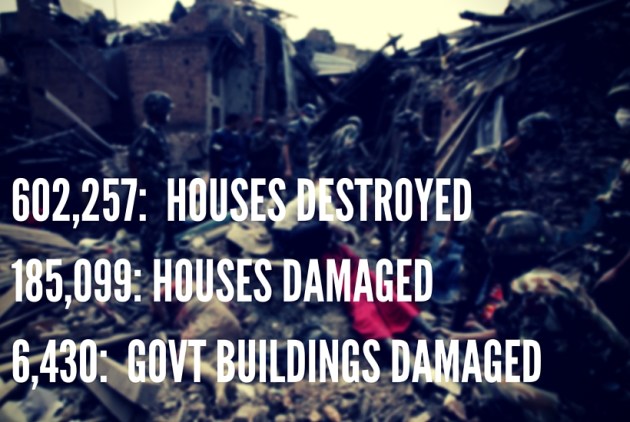 2 / 9
2 / 9The quake damaged or destroyed more than 900,000 houses. "Having already braved a very cold winter survivors are now facing the prospect of another monsoon season, which will start in June," said Delailah Borja, country director for the international Save the Children in a statement.
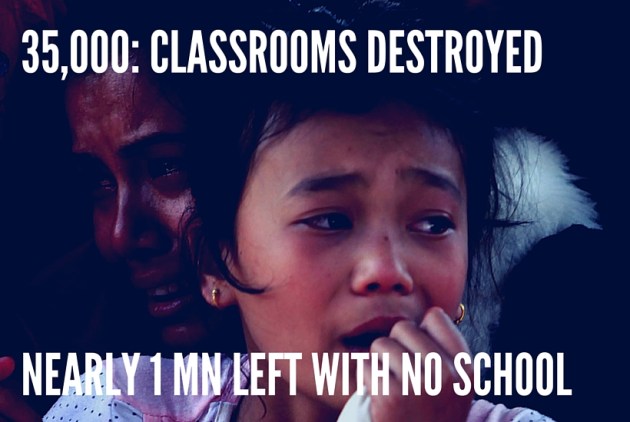 3 / 9
3 / 9Nearly a million children still have no school to attend. Millions of villagers were forced to winter in flimsy pop-up tents and corrugated tin shacks, erected haphazardly at high altitudes and across the rolling plains.
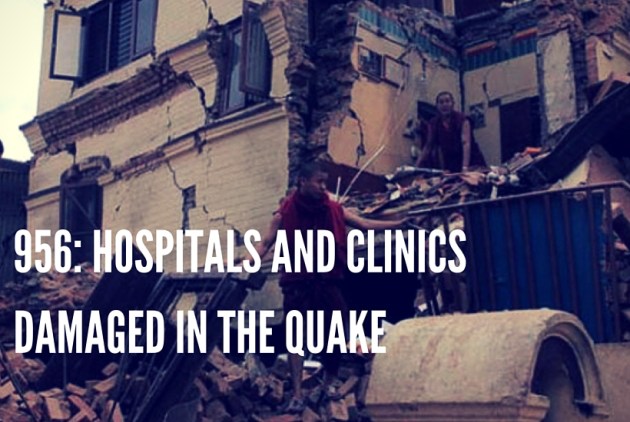 4 / 9
4 / 9Tired of waiting for government help, some local officials and communities are doing what they can on their own.
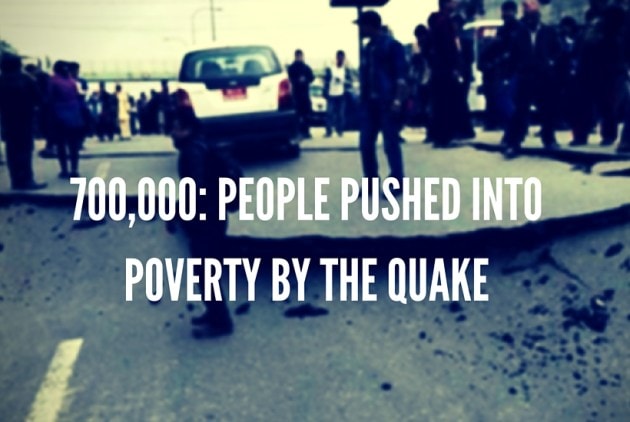 5 / 9
5 / 9Four out of five Nepalese quake survivors report their reconstruction needs are not being addressed, according to data collected by #quakeHelpDesk, an initiative led by the Accountability Lab, a technology incubator, and Local Interventions Group.
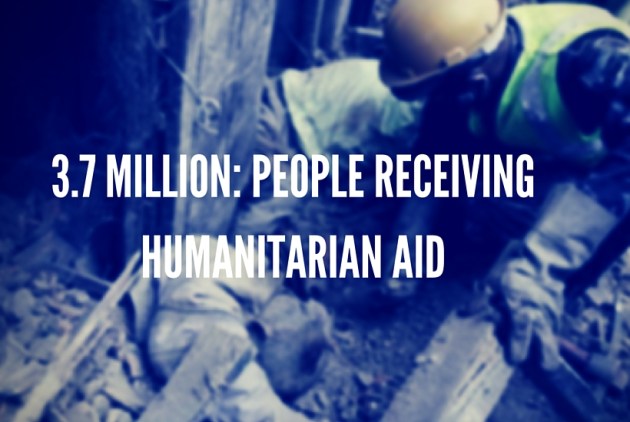 6 / 9
6 / 9Reconstruction is just getting underway in many areas of the tiny Himalayan nation, and some three million people are living in temporary shelters with tarpaulin roofs, according to Save the Children, CARE International and others.
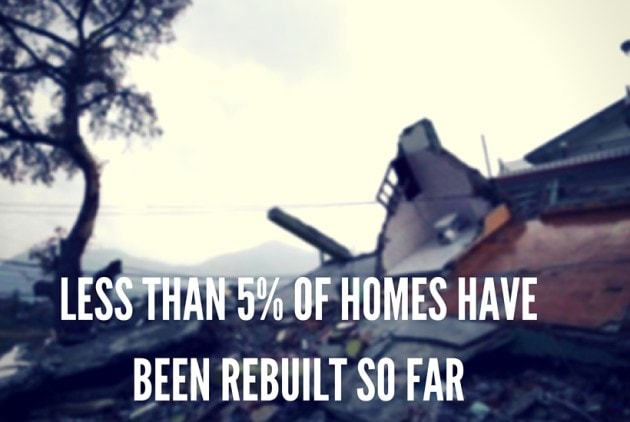 7 / 9
7 / 9The delays in reconstruction have been blamed for more than a dozen deaths this winter, mostly of elderly people.
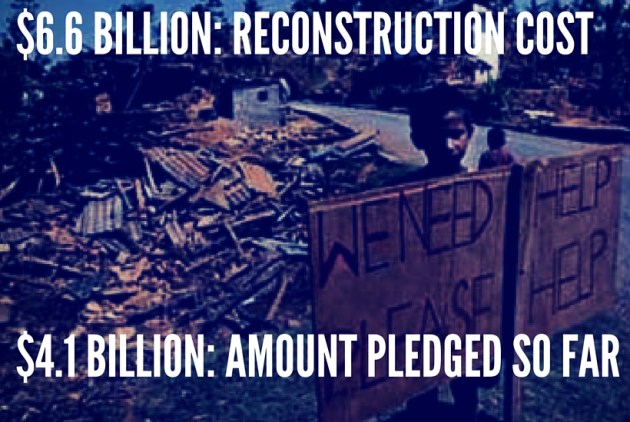 8 / 9
8 / 9Donors have pledged $4.1 billion for reconstruction, but rebuilding has been delayed by internal political upheaval. The nation has been in turmoil since a new constitution was adopted last September.
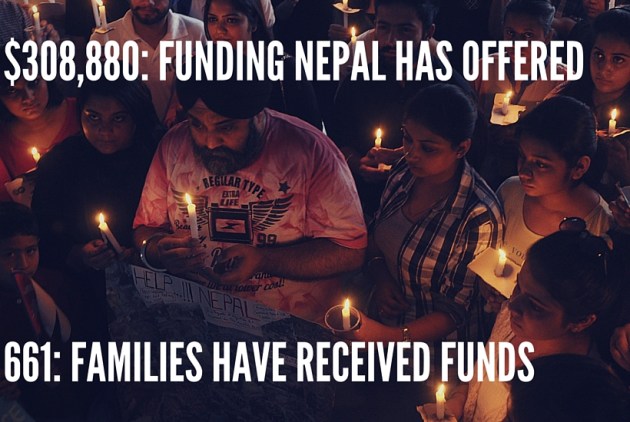 9 / 9
9 / 9The violence of the 7.8-magnitude earthquake left countless towns and villages across central Nepal in a shambles. Almost one year later, a shambles they remain.











